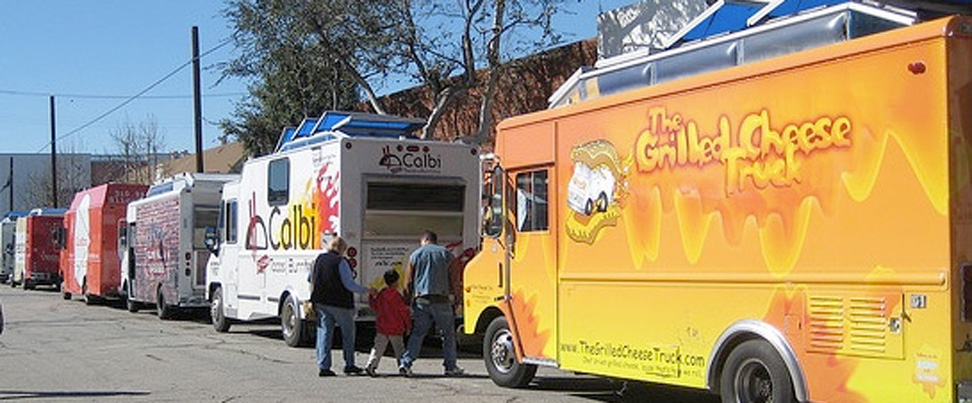
By Haddon Libby
According to the Bureau of Labor Statistics, the real (U-6) unemployment rate for September was 13.6% nationally, hardly a number to gloat over given that only 63.2% of the population was participating in the economy – one of the lower participation levels in history. In California, unemployment was 18.3%, 20.5% in Los Angeles County and over 22.5% in the Coachella Valley.
Excluded from the U-6 unemployment rates are people who are spending their savings or retirement to try and create jobs due to their inability to find a job. Locally, that type of person might be a realtor who isn’t making enough to sustain themselves or a consultant who is only consulting because they can’t find a full time job. While neither make enough to sustain, they are classified as employed. Unemployment numbers also exclude our undocumented workers and those over 62 1/2 receiving social security benefits.
With more than one in four local workers out of work and a ‘recovery’ that has begun to occur along with a mass erosion of the middle class, we need to find ways for people to create their own jobs.
A simple proven way to create more jobs in Riverside County is to legalize food trucks.
Riverside County is the only county in the State to make such eateries illegal. Due to the efforts of Supervisor Jeffries, the Riverside Board of Supervisors are set to vote on the legalization of this business type on November 5th.
Opposition to food trucks comes down to two arguments – they hurt brick and mortar restaurants and they spread food borne illnesses. Both arguments are untrue myths spread by the uneducated, fearful and self-serving.
As has been proven in multiple studies, food trucks add to the vibrancy of the food scene, bringing out diners who would typically eat at home. Food trucks typically go where restaurants cannot – parking lots, parks, churches, near schools (when allowed) and in other places away from traditional restaurants. Increasingly, physical restaurants see food trucks as wandering billboards that help to diversify their revenue streams including catering opportunities.
As to the concern that food trucks spread of food borne illnesses, long gone are the days of the roving roach coaches. Today’s food trucks have kitchens run on natural gas while being inspected more often than traditional restaurants. Food truck refrigeration and water are similar to traditional restaurants.
With an entry cost that is as little as $50,000, starting a food truck is an achievable goal of many. While the totality of all food trucks in the Coachella Valley will earn revenues that equate to no more than a few large brick and mortar restaurants, it is expected that some of these food truck operators will ‘graduate’ to traditional restaurants that employ more people while providing more job opportunities.
More important than the exciting food concepts, new jobs and additional tax revenues that food trucks will bring our local economy is the hope that each food truck will represent.
To reduce unemployment and bring economic growth to the Coachella Valley, we need ways to attract and keep talent that would otherwise avoid or leave the Coachella Valley for better opportunities. Without vibrant local businesses, we must rely on larger corporations that invariably drain more from our local community than they create or invest.
With a shrinking middle class and high long-term unemployment rates in the Coachella Valley, food trucks represent the hope that with a good idea, hard work and a little luck, anything is possible. Whether you are an aspiring culinary entrepreneur or a more mature worker looking to own your own business, food trucks represent an employment opportunity that is within reach and achievable.










































